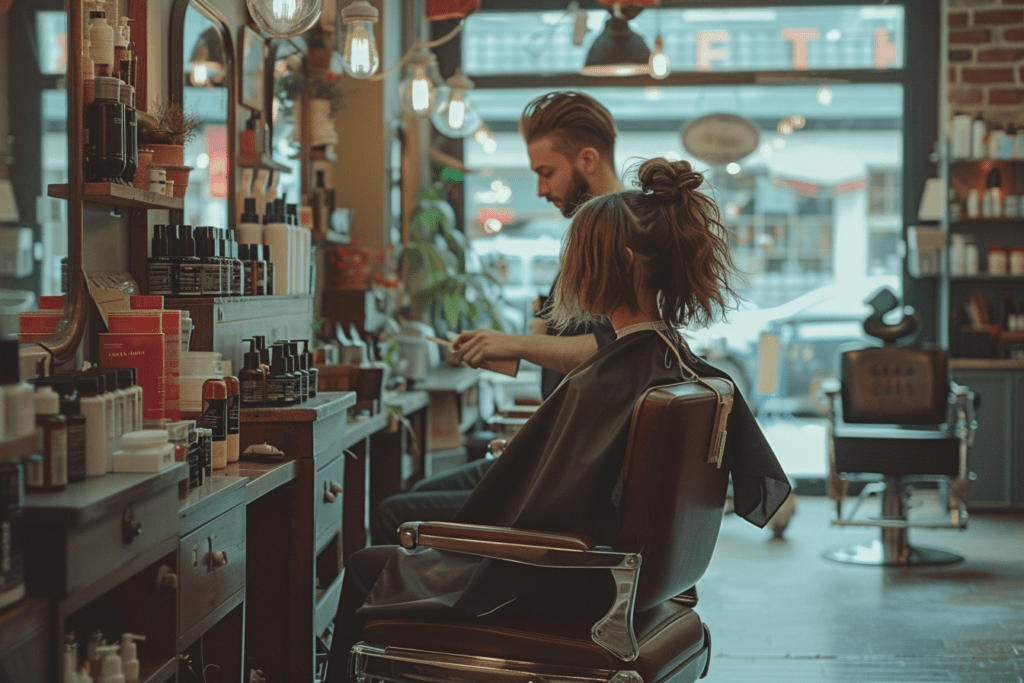You can feel like you are trying to avoid misleading information on hair care from every corner. This is because there are so many “dos and don’ts” filling your everyday life that you need to be able to separate the wheat from the chaff.
The secret? Unmasking the legends first. In place of wasting time and energy engaging in unproductive or potentially detrimental practices, these truths will help you focus on what matters for a healthy-looking hair.
Does it sound interesting? Then move on and explore this selection of 10 most popular hair myths with their real explanations.
1. The Sweet Spot for Brushing Hair is 100 Strokes a Day
To start with a basic one, there’s an age-old notion that brushing your hair mote than hundred times daily makes it glossy and healthier, right? According to history before conditioners were made use of; they suggested that a hundred strokes per brush would do it. The idea was that by doing so, natural oils from the scalp would spread through the entire length till the ends thus keeping them soft and healthy over time.
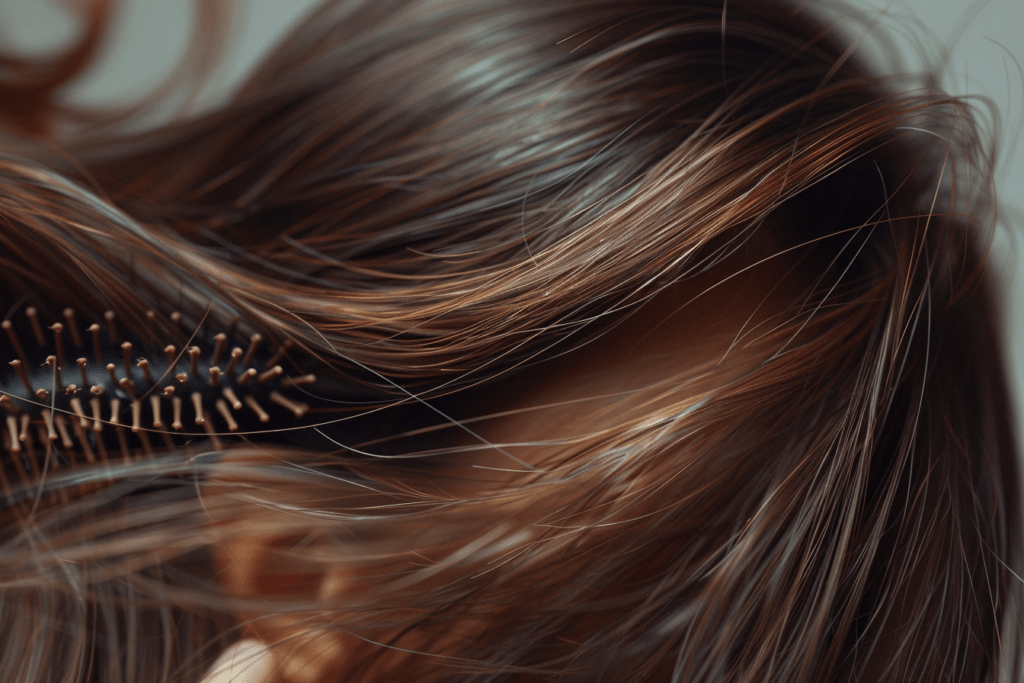
While this has its rationale, if done too much, excessive combing causes serious damage especially if someone’s hair is thin or fragile. What about those with kinky tresses? That’s off limits altogether.
Brushing does stimulate oil distribution, promote growth, and nourish your tresses but not at 100 strokes in a day. Instead, go for high quality boar bristle brushes (like Mason Pearsons), which are gentle enough to be used two or three times in a day depending on your hair type. This helps to distribute natural oils without causing any harm hence maintaining good quality of your locks.
2. Frequent Trims Makes Your Hair Grow Quicker
Hair grows from roots which live while ends consist of dead hardened keratin therefore cutting it more often doesn’t speed up its growth as was otherwise thought.

It’s true; split ends and untidy tips could make your hair look thinner and less healthy; but then again, regular trims are a must for a fuller appearance. Besides these trims will also get rid of the split ends that can cause more harm to the rest of your hair shaft resulting in breakage and disheveled look.
Nevertheless, thinking that cutting your hair makes it grow longer is an illusion. Trimming helps to keep your hair healthy but not speed up its growth from the roots.
3. Shampoos & Conditioners Stop Working If You Continue Using Them For Too Long
Another myth says that with time, shampoos and conditioners may lose their efficiency if you use them continuously. In case you have found such products which work good on your type of hair, there is no need stopping using them. They will still be effective even after some time because they do not decrease in value when used regularly.
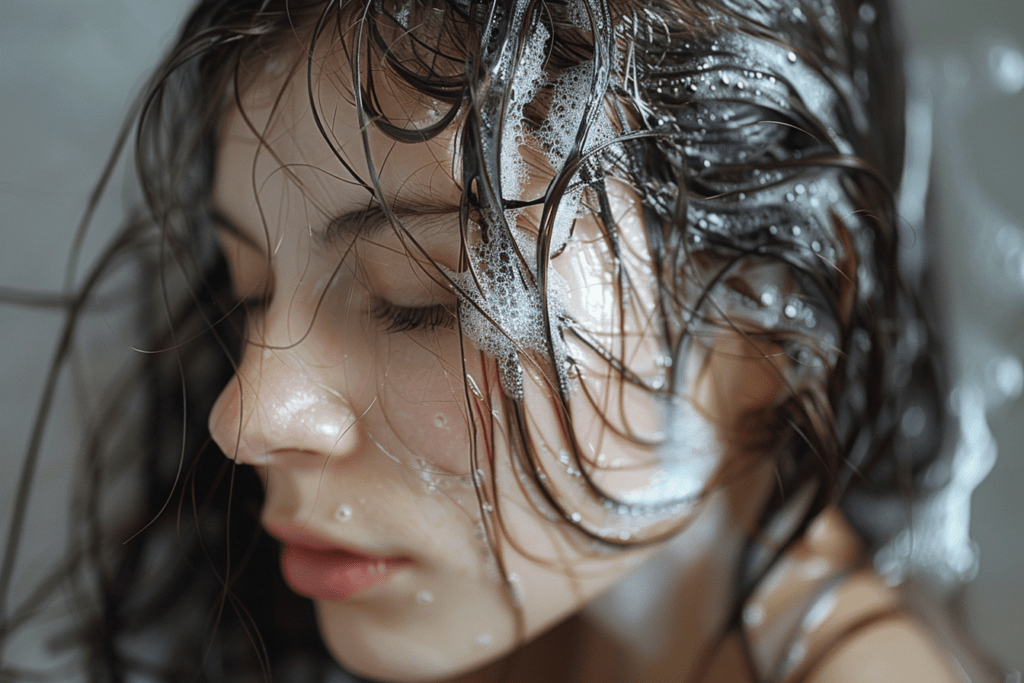
If for any reason you notice that the shampoo or conditioner you have previously preferred doesn’t seem to yield the same results as before; it simply means the products have not changed at all. It is more likely that your hair needs something different today. Changes in stress levels, hormonal shifts, moving to a new environment with different weather or water quality—all of these can affect your hair and scalp’s condition.
When you undergo such changes, your hair may require different care products to remain healthy. Rather than assuming that your shampoo and conditioner have stopped working, it is important to reevaluate your hair care routine to suit your current needs.
4. If You Stop Washing Your Hair, It’ll Eventually Start Self-Cleaning
Invention of washing less often by young people as seen on TikTok and similar social media platforms suggests one thing – this habit makes the scalp “practise” self-sufficiency. Nonetheless, most of the advantages of joining the ‘great unwashed’ are not great and do not justify it in most cases.
While shampooing aims at cleansing your hair from dirt and oil build-up, its primary objective is to clean your scalp. This part of your body contains a lot of small openings that can easily accumulate grime from dirt outside, sebum or sweat along with styling products applied on your head. It may lead to irritation characterized by itching and redness which could be signs for damaged hair.
Some people might find their hair appears healthier when they wash it less frequently because fewer washes mean less blow-drying/heat styling-related damage over some time in case of improper handling.
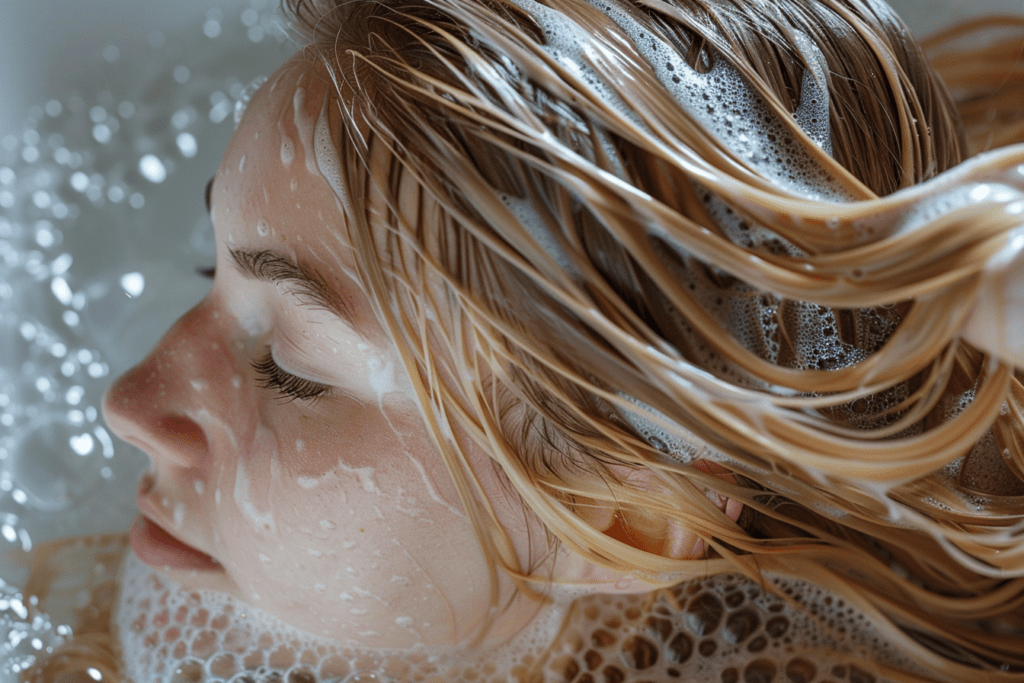
Nevertheless, there are multiple factors influencing individual’s hair care needs including their hair texture as well as state of their scalps. However, there are no specific guidelines regarding how frequent one should take a shower but it’s crucial that you strike a balance that maintains cleanliness without excessive washing. For African Americans Khertarpal recommends shampooing at least twice weekly but for the other groups no more than three times monthly depending on skin color thereby stressing the importance tailoring yours accordingly.
5. If You Have Oily Hair You Can’t Use Hair Oils
For those who have oily skin and scalp applying oil sounds like a ridiculous idea altogether. Yet oils for the mid-lengths and ends work wonders by nourishing them appropriately. As such, these oils are often used to prevent frizz and add shine to hair.
Even if you have an oily scalp, use of oils in your hair can be beneficial. The secret is to choose products that don’t weigh down your hair like Verb Ghost Oil. However, the recommended application process for this oil should not involve the scalp as it might cause greasiness.
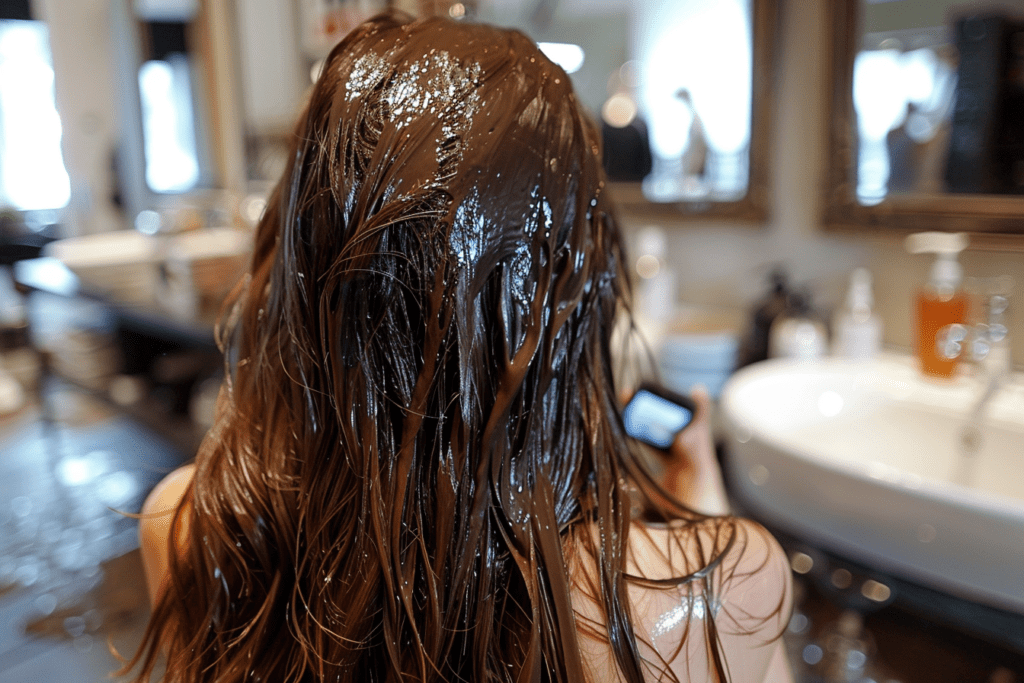
Focusing on oiling just the tips will make a big difference for your hair’s health and brightness. Besides, there are hair oils that significantly alter the way your locks look or feel without worsening the situation with greasy skin which can ruin everything at once.
6. A Cold Water Rinse Makes Hair Extra Shiny
When washing or conditioning your hair it should be done in lukewarm water. This temperature ensures that the scalp build up is removed effectively while maintaining the essential oils without which your scalp and hair would not be conditioned. The same goes for skin. Therefore, lukewarm water helps to maintain its health and natural balance.
7. Fine Hair Doesn’t Need Conditioner
Almost all types of hairs will need a conditioner to replenish moisture and restore balance to their lengths and ends more so if they are colour-treated, heat-styled or any other form of treatment done on them. In addition, volumizing shampoos have a drying effect which means that using a conditioner is even more important.
The challenge here is picking the right conditioner according to one’s hair type. For fine haired people, avoid going for heavy conditioners which have too many additives and oils as these might give over- conditioning thus weighed down tresses.
Instead go for lightweight ones which adds volume and provides nourishment at the same time such as Paul Mitchell Extra Body Conditioner meant particularly for fine hair by providing necessary hydration while lifting it up in order to avoid flatness. Remember not to apply too much of it onto your hair but instead use little starting from mid-lengths through ends but not roots. Always ensure you rinse thoroughly so there won’t be any residue left behind after washing. This way you can keep things simple yet effective when managing healthy bouncy mane.
8. Hair Conditioner Repairs Split Ends
Split ends occur when the protective outer layer of the hair cuticle wears away due to factors like excessive styling using heat chemicals processing physical wear and tear e.t.c These splits/ breakages happen after damaging an inner part of hair where follicles become weakened .
Meanwhile different hair care products can temporarily fix split ends appearance by sealing them and moisturizing. They might also temporarily stick split ends together. This can be achieved even by natural process of hair lightening. Paul Mitchell Super Skinny Serum, John Frieda Frizz-Ease Hair Serum Thermal Protection Formula, and TIGI Bed Head After-Party Smoothing Cream all contain silicones to help smooth the cuticle surface. However, these methods don’t heal the affliction but only cover up its symptoms. If left untreated over time, split ends will travel up through your hair culminating in further damage that results in breakage hence thin raggedy strands.
There’s no other best way to remove split ends permanently rather than cutting them off. Trimming is very essential for keeping your hair healthy since it avoids development of splits further by putting an end to such bad habit among the extensions themselves. How frequently one should go for shearing depends on how long their hairs grow after which a person must reconsider going after 6-8 weeks as recommended by people who specialize in this field.
Healthy hair habits can minimize the occurrence of split ends in addition to regular trims; these comprise such practices as heat protectant use before a hot styling, lessened chemical treatment, gentle detangling of wet hair using a wide-tooth comb and shielding your hair from harsh environmental factors. Your hair will also benefit if you incorporate deep conditioning treatments and hair masks into your routine, which strengthen it and keep it moisturized, thereby decreasing the chance of getting split ends.
Be it as it may that well-done care and treatment can improve the state of your hair and prevent further damage, getting rid of existing split ends means one thing: cut them off. It’s always beneficial for you to have frequent trimming sessions at salons to make sure that your hair does not look damaged with split ends.
9. Mom’s Dad Is To Blame For Hair Loss
This is a false assumption that baldness comes only from one’s mother’s father’s side. However, genetic predisposition plays an important role in the development of alopecia with some studies showing that they are responsible for 80% of cases. Nevertheless we should remember that even though both men and women can inherit genes causing baldness through their mother’s line alone this isn’t the only way this condition can be passed down because these genes can come from either parent.
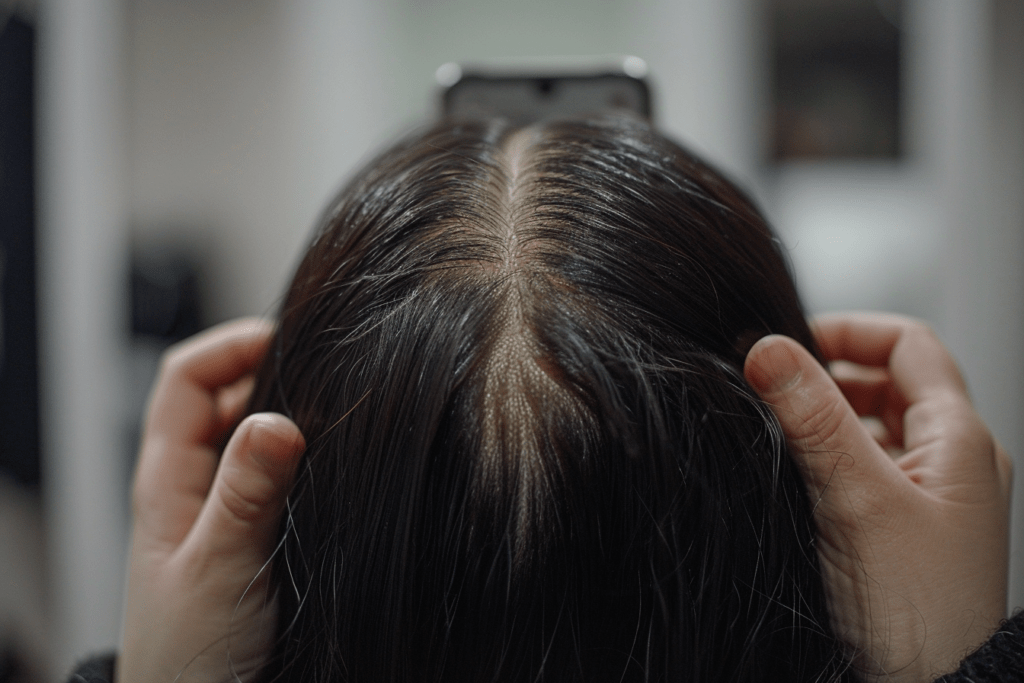
Consequently, this variance means siblings can experience significant disparities in their patterns by way of losing hairs despite having been born of one couple. These variations impose unpredictability on baldness inheritance.
Thus putting all blame towards your mothers’ side is unfair. Both parents contribute equally towards determining if someone will suffer from alopecia or not directly giving much importance to paternal gene pool. So understanding complex nature of genetic inheritance could help eliminate superstitions around male pattern baldness proving it actually depends on families genetics.
10. If You Pull Out A Gray Hair, Two Will Take Its Place
Whenever you find yourself face-to-face with your first gray hair, it can be quite a shock regardless of your age. These are among the changes that naturally come with old age, together with wrinkles and wearing comfortable shoes as well as listening to diverse music genres.
You have probably heard that if you pull out a single white hair, several others will grow in its place. This is not true. Every follicle can only produce one strand at a time; hence, there is no way for two strands of gray hairs to emerge from the former one. The hair turns white when the cells in that follicle stop making melanin—a pigment—and although these often fall out and are replaced by new ones—but they’re always white too! When you pluck a hair from its root, there won’t be two grays replacing it because each follicle has only one strand of hair growing from it.
With time, more and more grey hairs will appear irrespective of whether or not you plucked one already since this is an inevitable outcome of aging normally. Remember that gray hair can either be worn gracefully or dyed over with another shade as long as you do not forget that it
